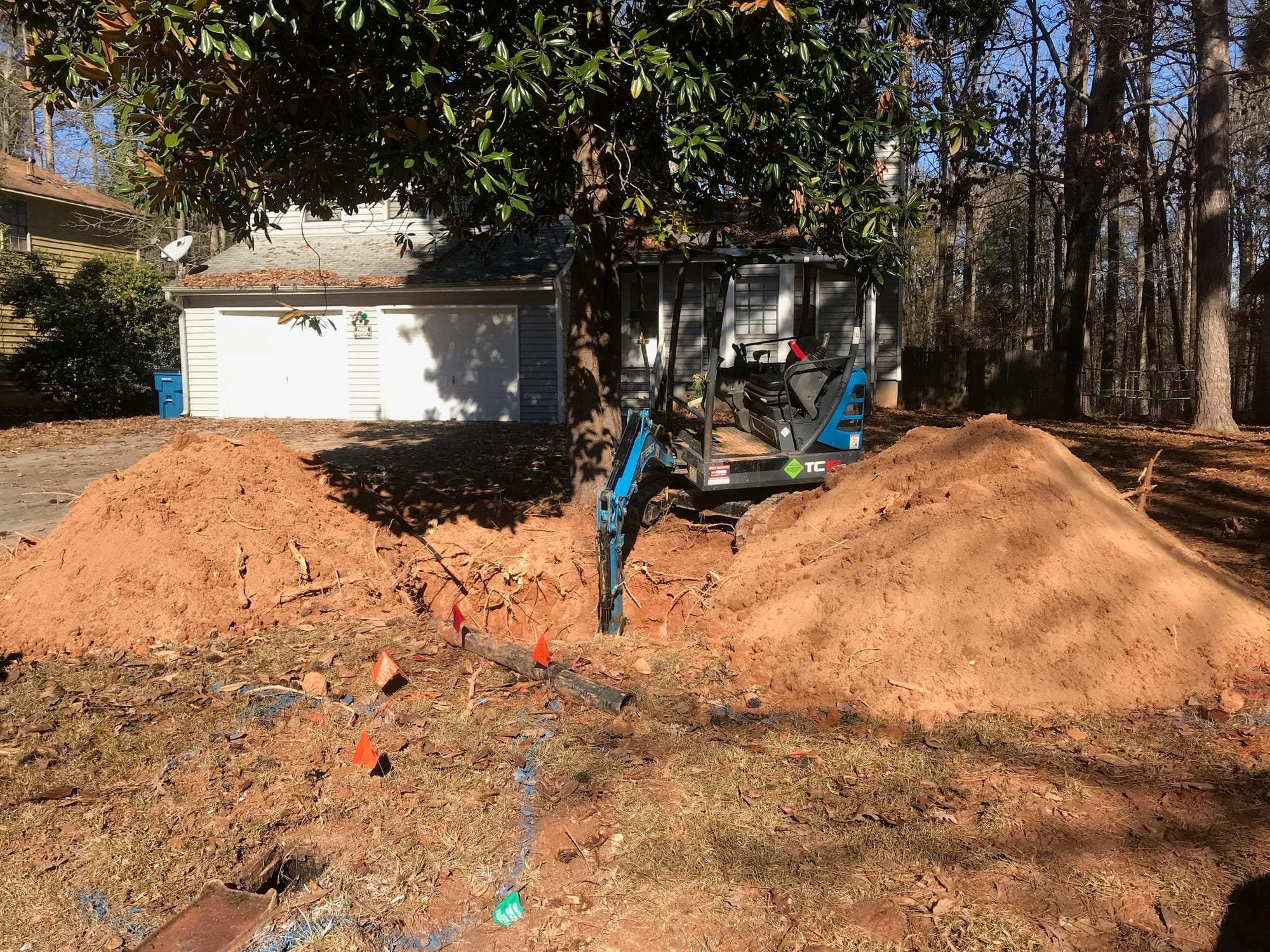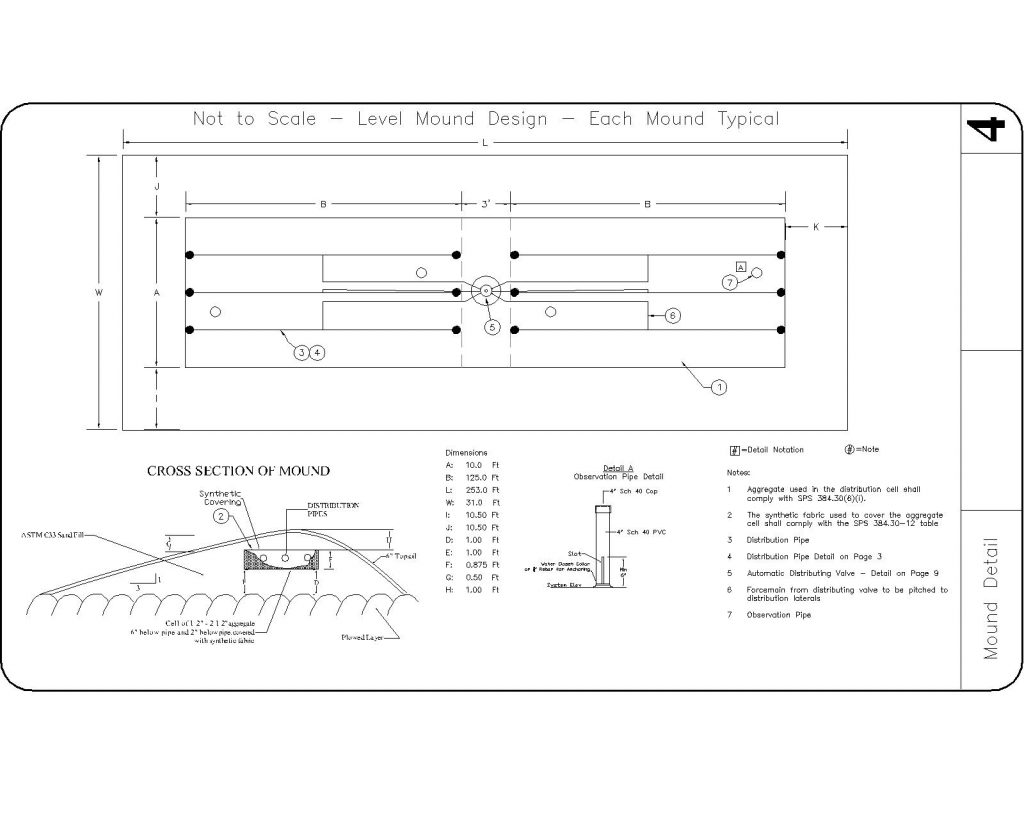
Heĥ-Year Survivorship and Outcomes of Robotic-Arm-Assisted Medial Unicompartmental Knee Arthroplasty, Michael A.
STEVEN GRESO SEPTIC SYSTEM DESIGNER WA TRIAL
NairĤ3P MRTX-500: Phase II trial of sitravatinib (sitra) + nivolumab (nivo) in patients (pts) with non-squamous (NSQ) non-small cell lung cancer (NSCLC) progressing on or after prior checkpoint inhibitor (CPI) therapy, T. Halabi, Kiritkumar Patel, Geetha Krishnamoorthy, and Girish B. Este artículo analiza ese proceso a través de una lectura de las publicaciones médicas de la primera mitad del siglo XX sobre la silicosis en la minería colombiana.3D-PAST: Risk Assessment Model for Predicting Venous Thromboembolism in COVID-19, Yi Lee, Qasim Jehangir, Chun-Hui Lin, Pin Li, Anupam A. Su historia permite estudiar la adopción del concepto de "enfermedad profesional" y el nacimiento de la medicina del trabajo en Colombia. Se ha convertido en un importante objeto de estudio para la historia de la medicina social y del trabajo. RESUMEN La silicosis es una enfermedad asociada al trabajo minero, cuya importancia se comenzó a reconocer en los campos médico, económico y jurídico desde 1930. This process is analyzed in the article through a reading of medical publications from the first half of the twentieth century regarding silicosis in Colombian mining. Through the history of silicosis it has been possible to study the adoption of the concept of "occupational disease" and the birth of occupational medicine in Colombia. It has become an important object of historical study for both social and occupational medicine. Silicosis is a disease associated with mining work, whose importance was first recognized in the medical, economic and legal fields in the 1930s. The posters produced by trade unions also included references to the social determinants of risk, another of the elements undervalued by expert culture. Many of the posters produced by the European trade unions from the 1960s onwards provided less determinist representations of prevention activity, moving the focus of attention away from the conduct of workers and including the new risks faced by the European working population as well as health problems previously ignored by posters, such as occupational diseases.

This not only provided alternative interpretations of work hazards and prevention, which were particularly radical in the case of the Italian worker model, but also made the poster into a form of demand that went beyond the instruction and persuasion to which expert culture had confined it. However, this selection of posters eloquently illustrates the creation by trade unions of a new prevention culture.

This concept revolved around the central importance of workers as the sole targets of the prevention messages and as being predominantly responsible for causing and avoiding injury.

The ‘language of posters’ during most of this period helped to consolidate a concept of occupational accident prevention based on expert culture and employer interests. This book provides an excellent record of the different prevention cultures that inspired the production of posters and prevention campaigns throughout the 20th century.


 0 kommentar(er)
0 kommentar(er)
